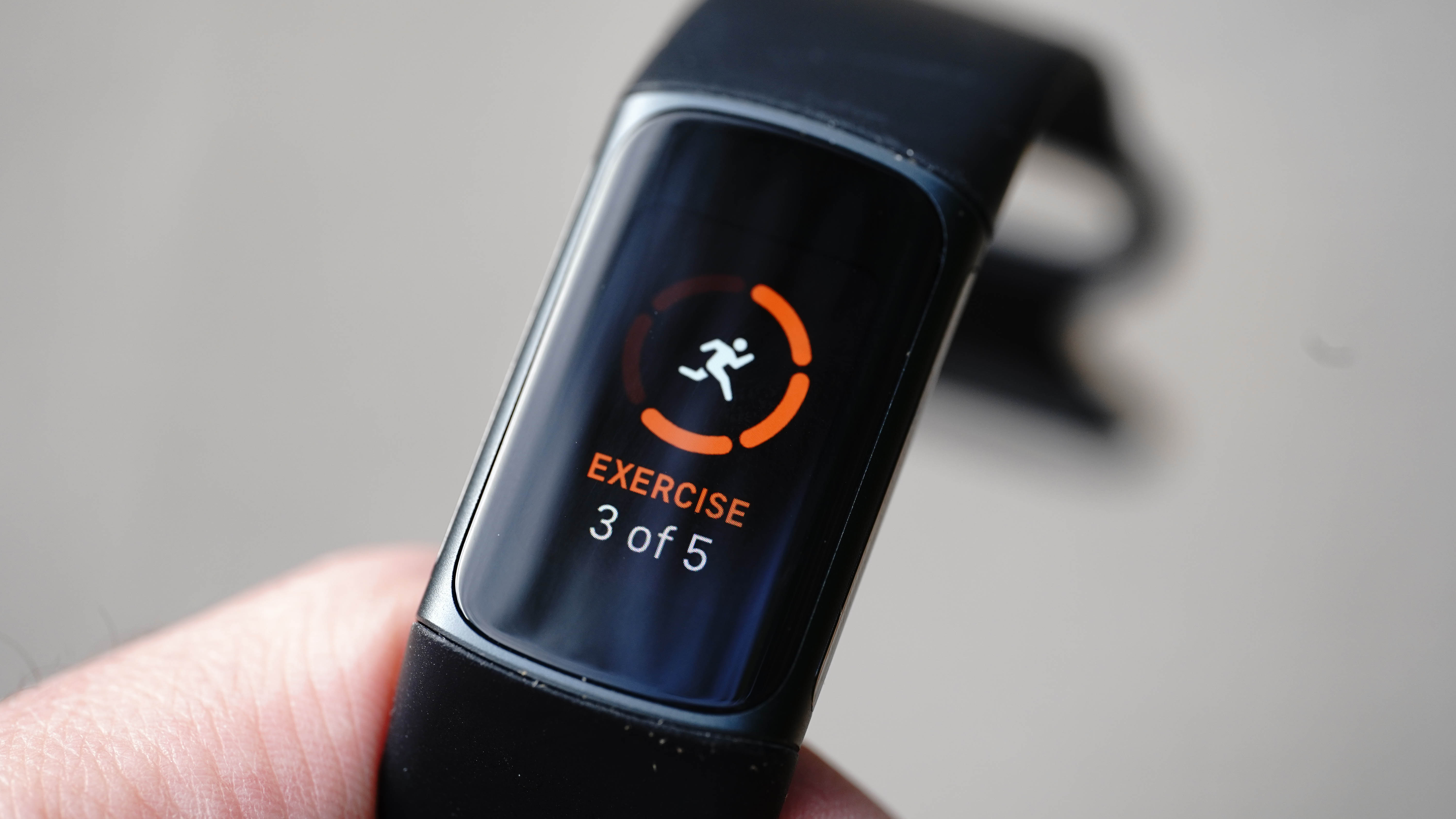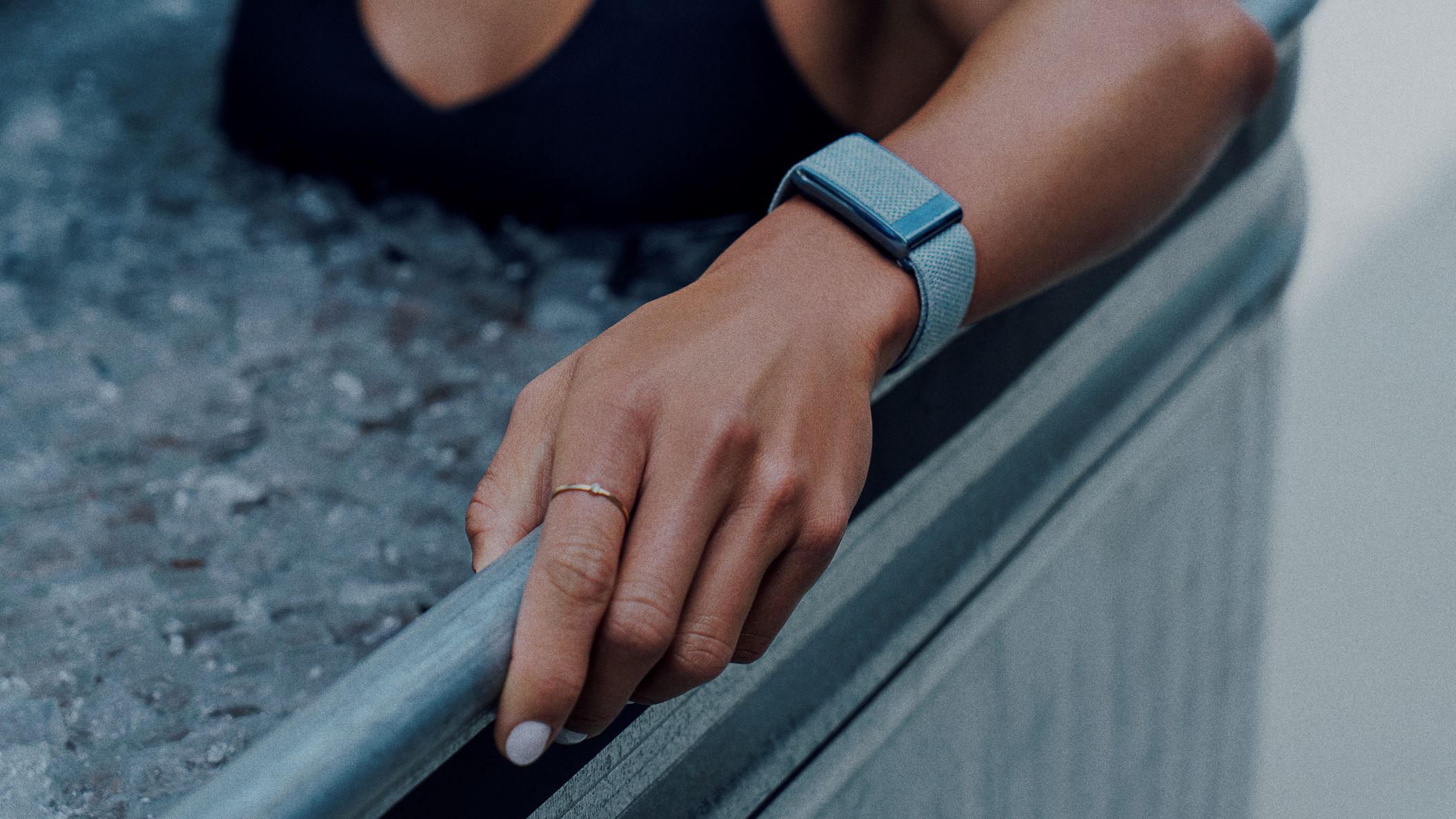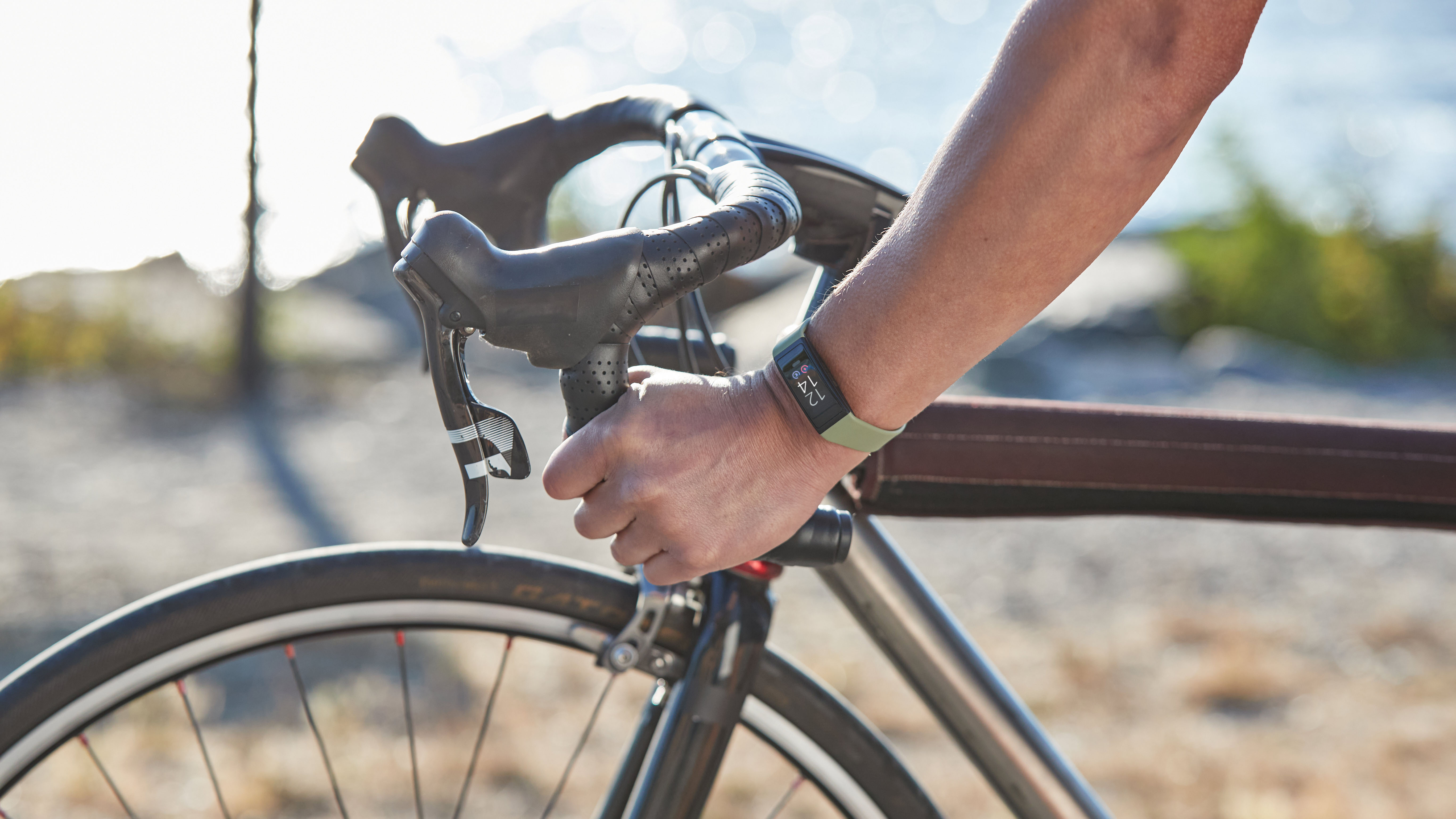

Fitness trackers can keep tabs on a number of things these days, from heart rate to stress to sleep and even stress. Some can even do ECG readings and measure skin temperature; it's safe to say that fitness trackers are not a bad investment in your health. However, there are a few things you should never do with fitness trackers, no matter how capable they are.
The best fitness trackers are catching up with running watches and triathlon watches in terms of the number of features they offer, and they are often (almost) as accurate as those. That said, these wearables have limitations, and you should take these into account when using them. What are these, and how to ensure you're utilising your tracker to its full potential?
Read on to find out!
1. Get competitive with your own stats
Fitness trackers and running watches are often criticised for pushing people too by gamifying the fitness experience by scoring you on your fitness efforts and sleep and pitting you against friends/family members (virtually). Gamification can help people stay on track with their fitness efforts – after all, who wouldn't want to brag about their monthly step stats on social!? – but it can also get out of hand quickly.
Things go from bad to worse when we include social sites like Strava in the equation. On Strava, other users can give you 'kudos' (likes, essentially) for your activities, which is pretty addictive in itself. But Strava also scores you based on your performance on certain "Strava Segments", arbitrary sections of the road other users create in the app.
Many people fall into the trap of continuously improving their stats, no matter what the consequences are (often injury). Instead, what you should do is use the scores to A) improve sleep, B) lower stress and C) track and monitor performance over time. Use trackers to log your workouts, not for competing against your past self.
Sure, having a steady sleep schedule won't get you likes on Instagram, but it will help you have a better quality of life – and that's something, right?
Sign up to the T3 newsletter for smarter living straight to your inbox
Get all the latest news, reviews, deals and buying guides on gorgeous tech, home and active products from the T3 experts

Fitness trackers should somewhat higher up on the wirst
2. Wear it too tight (or loose)
Fitness trackers are not fashion watches, nor are they bracelets. Fitness trackers with built-in heart rate sensors (which is most of them at this point) can only track heart rate – and therefore calories burned, stress, respiration etc. – accurately if you wear them right.
What does this mean? All fitness wearables measuring heart rate should sit on your wrist a bit further up than where you'd typically place fashion watches; above the wrist bones.
A good way to check where fitness trackers should sit is to flick your wrist up and see if this movement moves the tracker away from the wrist. If it does, it's too close to the wrist.
As for tightness, the fitness tracker shouldn't be too loose, but it's equally as bad if it's too tight. The fitness tracker should be comfortable enough to wear all day and even for sleeping; if it bothers you, it's probably too tight.
At the same time, it shouldn't slide up and down your wrist; if that's the case, you should tighten the strap slightly, so the tracker stays in place.

Logging cycling ride? Yes. Tracking cycling training? No.
3. Use it for running/cycling training
Modern fitness trackers are super capable wearables; some even rival multisport watches by offering a slew of features aimed at active people. However, they are not designed to aid proper running or cycling training.
It's in the name: these wearables "track fitness" and are not meant to monitor training progress. You can use the best fitness trackers to log workouts and monitor sleep, but they are usually less capable of helping you understand the effect your training has on your body.
Not to mention, they often offer fewer performance stats than running watches, making it even more of a guessing game to understand how your training is going.
This is not true for all fitness trackers, though. The Whoop 4.0 can and should be used for training, and the NURVV Run Smart Insoles are also good training companions – when paired with a heart rate monitor.
The rest of the lot, though, is best used for monitoring sleep, steps and other basic stats. This isn't meant to be a criticism of fitness trackers; there is a place for them, and many people could benefit from wearing them. But you shouldn't expect them to be training tools.
Having got a fitness tracker yet? Have a look at today's best fitness tracker deals below; you might find a good deal!

Matt Kollat is a journalist and content creator who works for T3.com and its magazine counterpart as an Active Editor. His areas of expertise include wearables, drones, fitness equipment, nutrition and outdoor gear. He joined T3 in 2019. His byline appears in several publications, including Techradar and Fit&Well, and more. Matt also collaborated with other content creators (e.g. Garage Gym Reviews) and judged many awards, such as the European Specialist Sports Nutrition Alliance's ESSNawards. When he isn't working out, running or cycling, you'll find him roaming the countryside and trying out new podcasting and content creation equipment.
-
 A new age of humanity wins the Sony World Photography Awards 2025
A new age of humanity wins the Sony World Photography Awards 2025Zed Nelson's Anthropocene Illusion highlights the influence of humans on the environment and the artificial spaces left for wildlife in a powerful set of images to win this year's SWPA Photographer of the Year
By Mat Gallagher
-
 How to watch Mario Kart World Direct – everything you need to know about the Switch 2 launch game
How to watch Mario Kart World Direct – everything you need to know about the Switch 2 launch gameNintendo will host a new Nintendo Direct presentation this week, here's how to watch it live and what to expect
By Rik Henderson